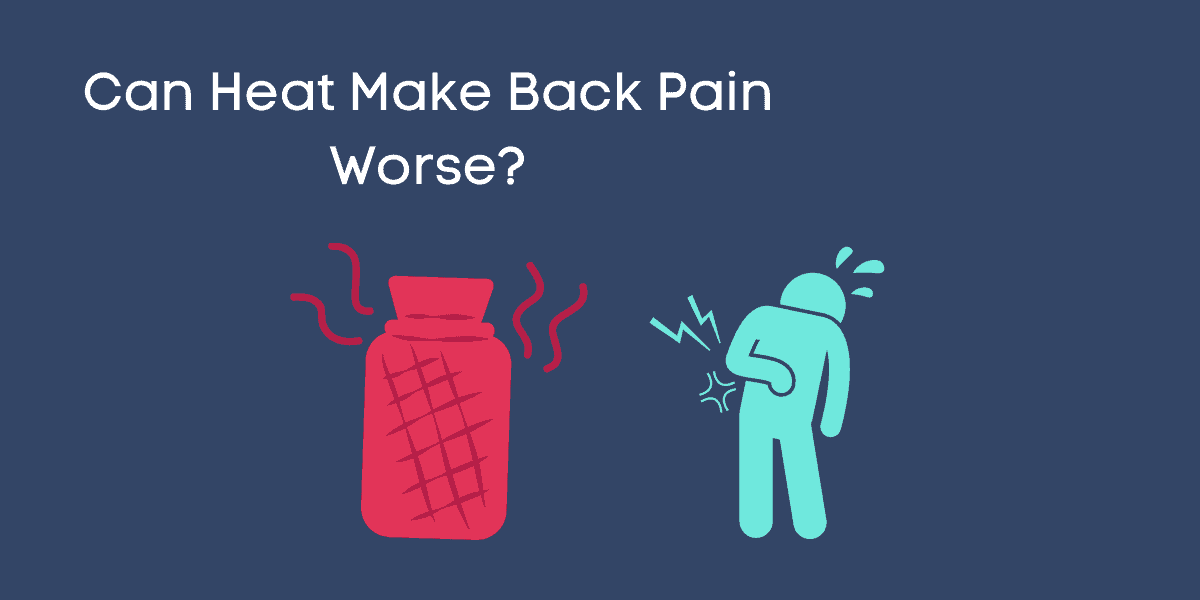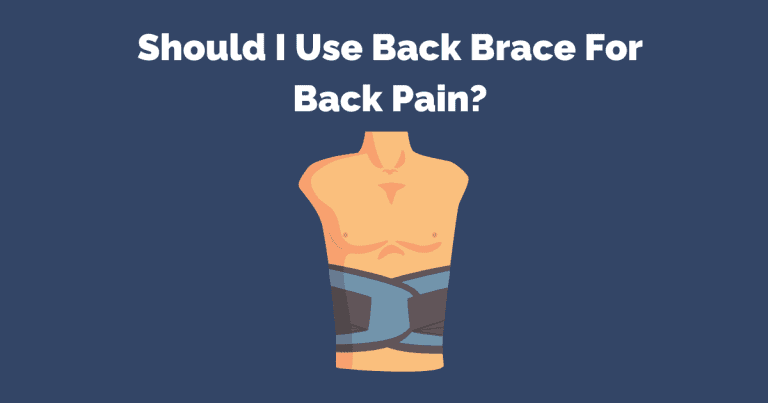Ice and Heat Therapy Guide for Back Pain: Can Heat Make Back Pain Worse?
Starting a journey to ease back pain, many of us try heat therapy as a source of comfort. This method is popular among those looking to escape the clutches of pain. But there’s a question that often comes up: Can heat make back pain worse? This guide dives into how heat therapy and back pain interact, breaking down in easy-to-understand terms when heat, usually considered beneficial, might not be the best choice for back pain.
Whether heat therapy works depends on various factors, including the root causes of back pain, how heat affects our bodies, and situations where heat might not help and could even worsen the pain.
Our exploration of heat and cold back pain treatments is about gaining knowledge, making wise choices, and finding the most effective ways to relieve pain. It involves looking deeper into how heat interacts with back pain, armed with knowledge about what causes the pain, the mixed effects of heat therapy, and the need to customize how we manage pain based on individual situations.
TL;DR:
Heat therapies can increase blood flow and alleviate muscle tension, relieving many back pain sufferers.
The effectiveness of heat therapy depends on the specific causes and nature of back pain.
Heat can worsen back pain in certain situations, making an informed approach crucial.
This guide explores when and how to use heat therapy effectively alongside alternative pain relief methods.
The Complex Relationship Between Heat and Back Pain

Choosing between heat or ice for back pain isn’t just about what you prefer; it significantly affects how well you recover. Heat therapy is often chosen for its ability to relax muscles and soothe long-term muscle tension, making it great for ongoing pain.
But, if the pain is new and comes with swelling, ice might be the better choice. Using heat when there’s inflammation can worsen swelling and pain, slowing healing.
Understanding the delicate balance between using heat and ice to manage back pain effectively is essential. While heat can offer comfort and relaxation, it’s crucial to think carefully about when to use it, especially at the beginning of new pain, to ensure the relief helps in both the short and long term.
Understanding the Causes of Back Pain: A Prerequisite to Effective Treatment

Grasping the root causes of back pain is crucial for choosing the right treatment path. Often, lower back pain stems from issues within the soft tissues, such as strains or sprains affecting back muscles and ligaments. These soft tissue injuries can result from overuse, improper lifting, sudden movements, or even chronic poor posture, leading to pain that ranges from mild to debilitating.
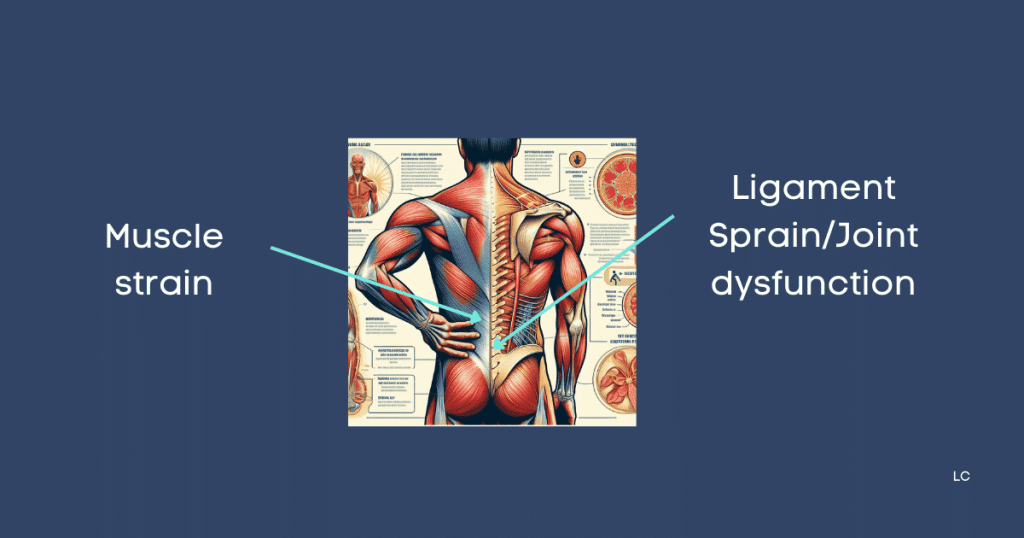
Identifying the specific cause, whether it’s a muscle strain, ligament sprain, or another underlying condition, is essential for effective treatment. By pinpointing the exact nature of the discomfort, individuals and healthcare providers can tailor interventions more accurately, ensuring that treatments like physical therapy, heat therapy, or other modalities address the underlying issue and not just the symptoms.
The Physiology of Heat’s Impact on Muscular and Nerve Pain

The physiology behind heat’s impact on muscular and nerve pain centers around its effect on nociception and the modulation of nerve signals. Applying heat to a painful area can alter how pain signals are transmitted to the brain.
It primarily works by dilating blood vessels, which increases blood flow and helps to flush out pain-causing chemicals from muscles.
Additionally, heat impacts the nerve signals themselves, potentially reducing the intensity of pain signals sent to the brain. This dual action, affecting both the physical condition of the affected area and the neurological perception of pain, underscores why heat therapy is a valuable tool in managing both muscular discomfort and nerve-related pain.
Identifying Situations: Can Heat Make Back Pain Worse

While heat therapy is excellent for chronic conditions, it is essential to know when it might worsen things. If you’re dealing with a new, sharp pain with swelling, using heat might not be the best idea. Heat boosts blood flow, which is usually good, but more blood flow can increase the swelling if an area is injured and swollen. This can make the pain worse and slow down healing.
Cold therapy is often suggested after getting hurt when swelling is a big problem. Cold therapy slows blood flow to the injured spot, helping reduce swelling and ease the pain. Knowing when to use heat and switch to cold is crucial to avoid worsening pain and help your body heal properly.
The Role of Inflammation in Back Pain: Heat vs. Cold Applications
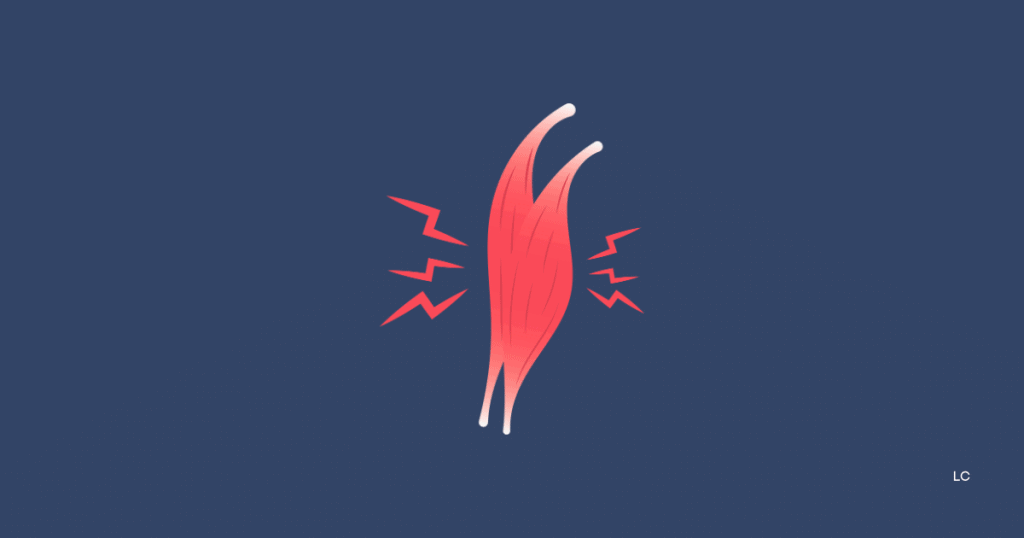
Inflammation is a significant factor in back pain and affects whether heat or cold treatments are better. Ice therapy right after pain or injury starts can help lower inflammation and numb the area, giving quick pain relief.
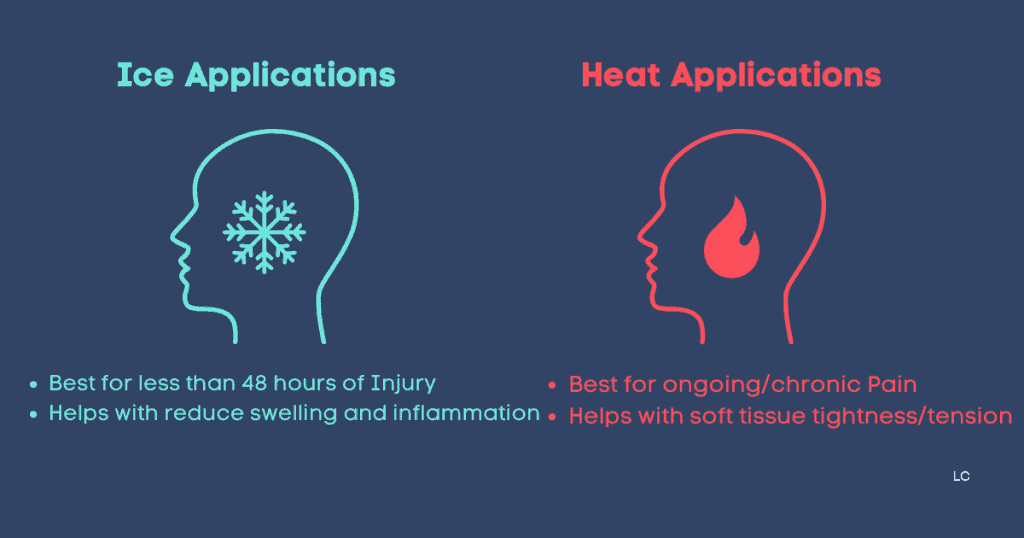
Studies back this up, showing that cold therapy can reduce swelling and inflammation for new back injuries, making it the go-to choice at the start. The timing is crucial; putting ice on within the first 48 hours after getting hurt can stop the area from getting too inflamed, which helps control pain and speeds up healing.
Here is a video by back intelligence that goes in-depth on ice and heat therapy for back pain:
Based on research, this practice underlines how vital it is to understand how inflammation works in back pain so you can pick the best treatment—heat for ongoing issues and ice for new injuries.
Heat Sensitivity in Chronic Back Conditions: What You Need to Know

For those dealing with ongoing back problems, paying attention to how sensitive they are to heat is essential to avoid making their condition worse. While heat therapy can be helpful, it also has risks like hurting tissues or the skin if misused. People who don’t feel pain as strongly or have trouble feeling sensations might not notice too much heat until it’s too late.
When you have chronic back issues, your back might be more at risk for these kinds of injuries because the constant pain can hide the warning signs of damage from heat. That’s why using heat therapy carefully is vital, sticking to the suggested time and temperature.
Being careful like this ensures the treatment helps with the pain without accidentally causing more damage to the back. The Science of Heat Therapy: Benefits and Risks for Back Pain Sufferers
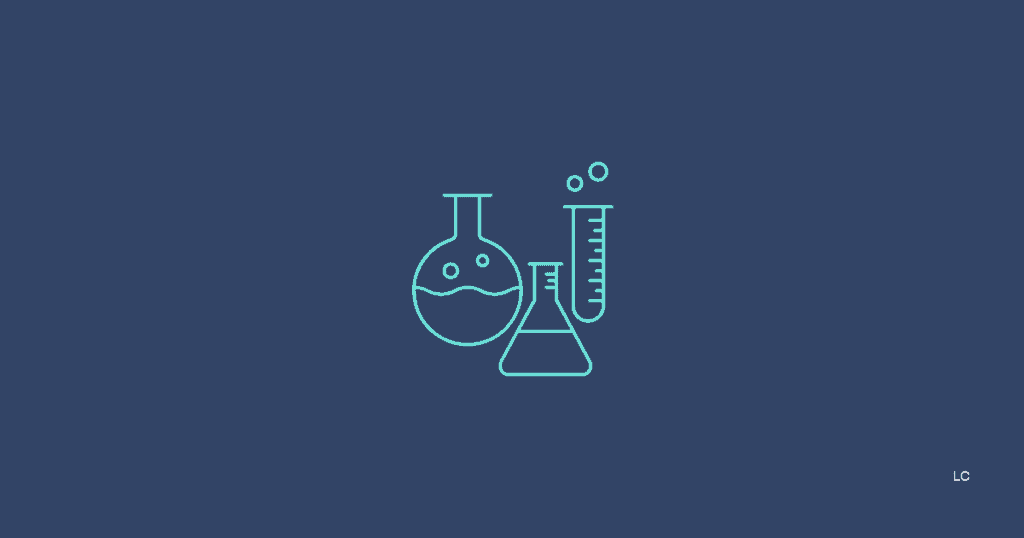
The science behind using heat for back pain shows it can be beneficial but comes with some risks. Electric heat pads, for example, ease muscle soreness in people with ongoing back issues. The warmth relaxes tight muscles, boosts blood flow, and lessens pain, making it a popular choice for managing pain over time.
However, using heat therapy smartly is crucial to avoid problems like burns or worsening inflammation in certain situations. Following the recommended time and heat settings can help you get the most out of electric heat pads safely. This careful way of using heat therapy lets people effectively manage chronic back pain, improving their daily lives without adding new problems.
Navigating the Risks: When Heat Therapy Can BackfireComplete Guide in 2024 on Low Back Pain and Lumbago Causes, Symptoms, Treatments, and Prevention

Understanding when to use heat therapy is vital, especially for sudden back pain. Although heat is good for ongoing back problems, using it on new pain or swollen areas might worsen things. Heat therapy boosts blood flow but can increase swelling and discomfort for unknown injuries.
This is important for those with sudden back pain, where inflammation is a big part of the problem. The first 48 to 72 hours after an injury are crucial; during this time, it’s usually better to use cold therapy to lessen swelling and inflammation. Knowing the difference helps avoid making the pain worse and leads to a smoother recovery, ensuring heat therapy is used when helpful and safe.
Patient Stories: Unexpected Outcomes of Heat Therapy for Back Pain
People’s stories often highlight the complex effects of heat therapy on back pain, showing times when it didn’t help as expected. Some people have tried heat therapy, hoping for relief, but ending up in more pain the next day. These experiences stress the need to know your body and how it might react to heat. While a lot of people find heat therapy comforting, for some, particularly those with certain kinds of sudden back pain or conditions that don’t do well with heat, it can make things worse.
These personal stories highlight how people can respond differently to heat therapy and the importance of having treatment plans tailored to each person. What helps one person might not be suitable for someone else.
Professional Guidelines: Heat Therapy in Clinical Practice

In medicine, experts follow specific rules before suggesting heat therapy for ongoing pain. The choice to recommend heat or ice often depends on the patient’s situation. Using heat in a controlled way can be very helpful for long-term pain.
It encourages blood flow and helps muscles relax. Yet, doctors carefully identify situations where heat might not be a good idea, like in new injuries with swelling, where ice would be a better option. These practices ensure patients receive proper treatment, reducing risks and increasing comfort.
By looking closely at each person’s unique pain situation, healthcare providers can customize their advice on using ice or heat, ensuring the treatment is safe and effective.
Heat Therapy Guidelines for Chronic Pain
When to Use: Heat therapy is typically recommended for chronic pain, muscle tension, and stiffness. It’s beneficial for relaxing muscles, improving blood flow, and reducing chronic discomfort.
How to Apply: Use a moist heat source like a warm towel or a specially designed electric heating pad. Ensure the temperature is warm, not hot, to avoid skin burns.
Duration: Apply heat for 15-20 minutes at a time. More prolonged exposure can lead to skin damage or other injuries.
Safety Precautions: Never apply heat directly to the skin without a protective layer. Do not use heat therapy while sleeping.
Alternatives to Heat: Exploring Other Back Pain Relief Methods
Looking into other ways to manage back pain beyond heat therapy can improve your handling.
An Ergonomic Chair, designed to keep you sitting correctly through long hours, can lessen the stress on your back muscles and spine.
A Back Brace can give quick support and keep things stable for those with lower back issues, spreading weight to avoid more harm.
Also, choosing a good Mattress that offers support and comfort can play a big part in easing back pain. It ensures your spine is lined up right and pressure is spread out well while you sleep.
Using these options with the right physical therapy and exercises can give a well-rounded plan for managing back pain, possibly cutting down on how much you need to rely on heat therapy.
Integrating Heat Therapy with Other Treatments for Back Pain

Combining heat therapy with other back pain treatments like Trigger Point Therapy, Stretching Exercises, and Foam Rolling can significantly enhance pain management and recovery. Applying heat before engaging in these activities can relax the muscles and increase blood flow, making the muscles more pliable and responsive to treatment.
Trigger Point therapy becomes more effective as the heat helps to soften the muscle knots, allowing for easier and deeper pressure application. Stretching exercises benefit from improved flexibility and reduced stiffness, allowing for a more excellent range of motion.
When preceded by heat therapy, foam rolling can be more comfortable and practical, as the muscles are less tense, facilitating more profound tissue work. This integrated approach can accelerate healing, providing a holistic path to back pain relief.
Heat Therapy Equipment: Safety Features and User Recommendations
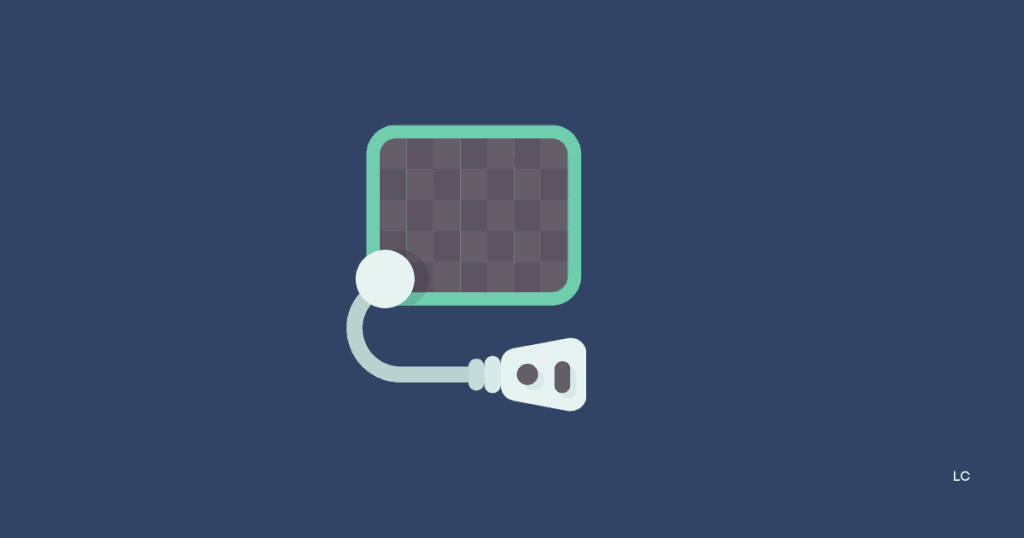
Electric heat pads are among the most popular choices for heat therapy equipment due to their convenience and effectiveness. However, safety is paramount, especially when using them for long periods.
Many heating pads come equipped with auto-shutoff features to prevent overheating and potential burns, a crucial safety measure for users who might fall asleep during use or have decreased sensitivity. It’s advisable to look for pads with adjustable temperature settings to tailor the heat level to your comfort and therapeutic needs.
Beyond electric heat pads, other equipment includes infrared heat therapy devices, which penetrate deeper into the muscles, and moist heat options like microwavable wheat bags, offering a different kind of relief. Each type has its benefits, but selecting one with the proper safety features and following user recommendations can maximize effectiveness and safety.
DIY Heat Therapy: Guidelines and Limitations
DIY heat therapy offers a cost-effective and convenient way to manage pain at home, with standard methods including Towels, Electric Heat pads, and Hot Baths.
For a simple approach, dampen a towel with hot water, wring it out, and apply it to the affected area for immediate relief. On the other hand, electric heat pads provide a consistent heat source, ideal for more extended sessions, ensuring an auto-shutoff feature to prevent burns.
A Hot Bath can also serve as a full-body heat therapy, soothing sore muscles and reducing stiffness throughout the body. While these methods are effective, limiting exposure to prevent skin damage is essential—typically, 15-20 minutes per session is recommended.
Always check the temperature before application to avoid burns, and consider alternating between heat and cold therapy for the best results.
The Future of Back Pain Management: Beyond Heat and Cold
The future of back pain management is evolving, moving beyond traditional methods like heat and cold therapy to embrace innovative approaches for pain relief. Technology and medical research advances are leading to new treatments that target back muscles with greater precision and effectiveness.
Techniques such as electrical stimulation therapy, regenerative medicine treatments like stem cell therapy, and personalized physical therapy programs are showing promise for providing long-lasting relief from back pain. These advancements aim to address the root causes of pain rather than merely offering temporary relief.
By focusing on strengthening back muscles, improving flexibility, and repairing damaged tissues, the future of back pain management is geared towards comprehensive, holistic approaches that offer hope to those suffering from chronic and acute back pain.
Expert Opinions: What Doctors and Therapists Advise About Heat Therapy

Doctors and therapists often emphasize the importance of recognizing Heat Sensitivity and understanding the nuances of using heat therapy for Chronic Pain management. Their expertise highlights that heat therapy can significantly relieve many, but it’s not a one-size-fits-all solution.
For individuals whose pain worsens, especially those with conditions that might lead to increased sensitivity or adverse reactions to heat, caution is advised. Experts recommend starting with shorter sessions of low to moderate heat and closely monitoring the body’s response. If pain or discomfort increases, it’s crucial to discontinue use and consult a healthcare provider.
Tailoring the approach to each individual’s needs and conditions while being mindful of the potential for heat sensitivity ensures that heat therapy remains a safe and effective tool for managing chronic pain.
Debunking Myths: Heat Therapy and Back Pain Misconceptions

Experts often address misconceptions surrounding Heat Therapy and its impact on back pain, particularly regarding Pain duration and the treatment of Recent Pain. A common myth is that heat therapy is suitable for all types of back pain, regardless of its duration.
However, professionals caution against using heat for Recent Pain, especially if it’s accompanied by swelling, as this can exacerbate the issue. Heat is most beneficial for chronic conditions or pain that has persisted for long periods, where it aids in relaxing tight muscles and improving blood flow.
Misunderstanding these nuances can lead to ineffective treatment or, in some cases, worsening of the pain. It’s crucial to differentiate between the types of pain and to apply heat therapy accordingly, under the guidance of a healthcare professional.
Preventative Measures: Avoiding Activities That Worsen Back Pain
Adopting preventative measures is critical to avoiding activities that exacerbate back pain. Repetitive Bending and improper Lifting techniques are common culprits behind strain and discomfort in the lower back.
To mitigate these risks, individuals should focus on maintaining proper posture when bending and utilize safe lifting techniques—such as squatting to lift with the legs rather than bending at the waist.
Additionally, core muscle training can significantly strengthen the back and abdominal muscles, providing better support for the spine. Strengthening these core muscles helps prevent back pain, improves overall body mechanics, and reduces the likelihood of future injuries.
Implementing these strategies can be a powerful way to protect against the development or worsening of back pain.
Creating a Personalized Back Pain Management Plan
Creating a personalized Back Pain Treatment plan requires understanding the Pain source or generator. This tailored approach ensures that the treatment addresses the underlying cause of discomfort rather than just the symptoms.
It involves a comprehensive evaluation by healthcare professionals to identify specific triggers and conditions contributing to back Pain. Once the pain source is accurately identified, a customized management plan can be developed, incorporating physical therapy, medication, lifestyle adjustments, and possibly surgical options.
This plan aims to alleviate pain and implement preventative strategies to avoid future episodes. Personalization of back pain management is crucial for effective relief and long-term recovery, making it possible to live a more comfortable and active life.
Conclusion: Making Informed Decisions About Heat Therapy for Back Pain
In conclusion, making informed decisions about using heat therapy for back pain hinges on understanding the pain caused, identifying the most suitable Heat Source, and recognizing the condition of back pain. Heat therapy can significantly relieve chronic back pain by enhancing blood flow and relaxing muscles.
However, applying this treatment method correctly and cautiously is essential, especially considering the type and source of pain. Knowing when to use heat—and when to opt for alternative treatments—is crucial for effective back pain management.
Always consult a healthcare professional to tailor the approach to your specific needs and ensure that heat therapy contributes positively to your overall pain relief strategy without causing unintended harm. This thoughtful, informed approach will help you navigate the complexities of back pain management and lead to better, more sustainable outcomes.
F&Q
How long should you lay on a heating pad for back pain
Using Heat Pads in a lay-down position should be limited to 15-20 minutes per session for back pain relief. This duration ensures safety and effectiveness without risking skin damage or other issues. Various equipment like electric heat pads or microwavable heat wraps can be used, each following the same time guideline.
Is a heating pad good for lower back pain?
Heat Pads are widely recognized as an ideal treatment for Lower back pain. They work by relaxing tense muscles and boosting blood flow to the affected area, providing rapid and effective relief. Whether you opt for electric pads or microwavable options, they’re a trusted remedy for easing discomfort in the lower back.
Can too much heat make back pain worse?
Using heat packs for too long, especially overnight, can worsen back pain. Long periods of use increase the risk of burns and may lead to increased inflammation. Limiting heat therapy sessions and not sleeping with heat packs is important to avoid these adverse effects.

